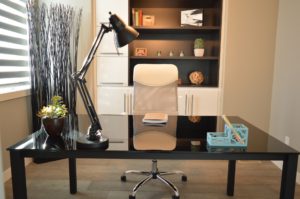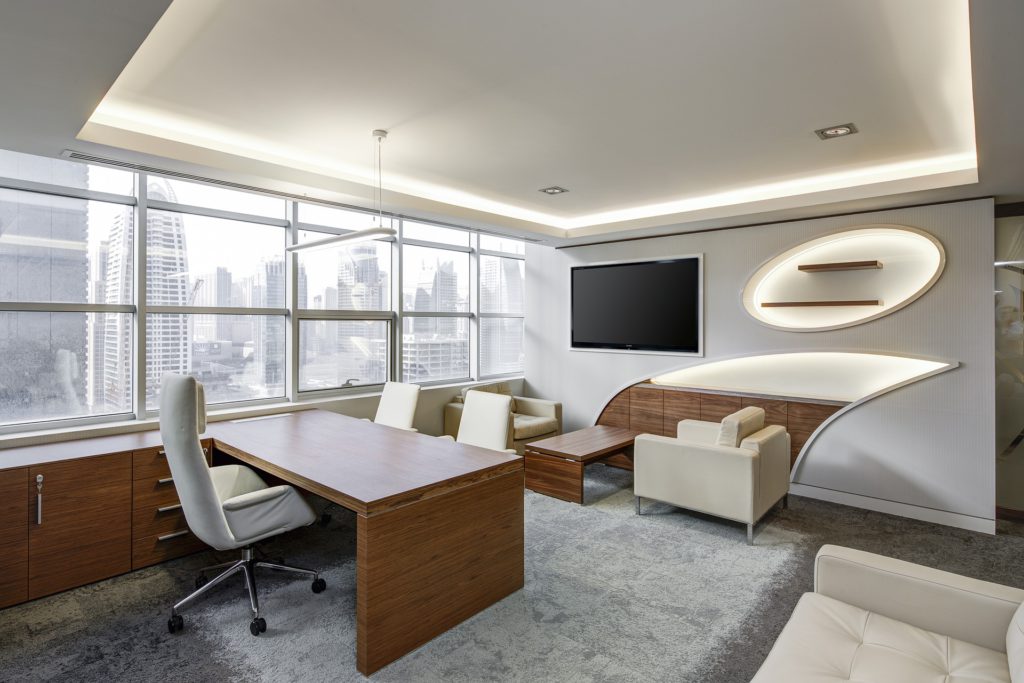Efficiency is the secret to a successful business.
There is a direct correlation between work efficiency and the facets of a comfortable, engaging and constructive work environment.
Any workplace that has a problem with efficiency will most likely have issues of workflow, coordination, motivation and possibly well-being.
It’s a well-worn adage that a happy workplace is a more productive one, but the question is ‘How do you create a happy work environment and an efficient one?’
There are more than a few factors to consider, but having an open mind is perhaps the most important of all.
What is an efficient work environment?
A workplace where employees work together and collaborate, not just on tasks but on improving workflows, will always be a more efficient and effective one.
Some workplaces invite the input of employees to look at ways to improve efficiency. This is not limited to an office environment. Almost any workplace will benefit from examining how tasks and duties are performed. It is the participants in each workflow who have a fundamental understanding of the tasks and their role in getting the job done.
Too many workflows dictate the tasks required before focussing on opportunities to do things differently. Other workflows may have failed to adapt to new techniques or technology and waste valuable time and resources by being stuck in a ‘that’s the way we have always done this’ attitude.
In order to create the most efficient work environment, the order of the day should be what, where, how and why can things be done better?
The key elements to a productive workspace
The most important of all the ways to create a more efficient and productive work environment is communication.
If everyone in the workplace knows what they need to know and why there is a clear objective of what needs to be done and how it should be done.
Too many businesses have a breakdown in communication or the method of communication is either laboured, confused or irrelevant to the individual employee.
There are countless situations where productive work output is hampered by unnecessary meetings, irrelevant emails or where changes have not been communicated.
It is not just inefficient and a waste of resources to have employees involved in matters that bear no relationship to their role, it can add to frustration and lack of motivation.
It is easy to see how someone who is told what they need to do and then works hard to complete those tasks can be demoralised when they find that their work was all for nothing because of a change of plan.
Those working on a project should be informed of anything that will affect their role and what they are doing. Clear lines of communication, authority and accountability make for a more efficient workplace.
The environment itself needs to work
Any work environment should be designed to create a vibrant, productive and engaging space.
A workforce that is not comfortable, collegial or motivated can hardly be expected to produce the best work output. This is where the overall design and elements of furnishings can create an inviting workplace.
Gone are the days of a dull, lifeless and uninspiring workplace.
It was often a case of renting floor space, adding individual cubicles each with their own desk, chair and computer and assigning each employee to one of those ‘workstations’.
These days, there is a focus on creating an inviting space where employees are not just comfortable but are happy to work.
The workspace as an enticing place
It could be that there is more natural light and more natural materials used.
Rather than dull and heavily boxed cubicles, there can be timber screens with a rich furniture polish that evokes a warmer environment. The straight row of desks or workstations can be offset by a curved wall with room for potted plants.
Even something as seemingly simple as the workplace chairs can be replaced with office stools or ergonomic furniture and the use of cold, stark stainless steel is substituted for a choice of different wood and protected with timber sealer.
 The stronger connection to Nature, the greater the feel of a stress-free and calm work environment. That is not to say that employees will be less productive, in fact, calming and comfortable space is more likely to produce better results.
The stronger connection to Nature, the greater the feel of a stress-free and calm work environment. That is not to say that employees will be less productive, in fact, calming and comfortable space is more likely to produce better results.
It is important to remember that a work environment should not be created to make people work harder but to allow them to work better and more efficiently.
Being comfortable in that environment can often mean being more comfortable in their role, their interaction and more willing to contribute more to the overall running of the business.
The incentives for a more efficient workplace
As the owner or manager of a workplace, there are many ways to reward and recognise good work.
The way that recognition and reward are made can have a ripple effect on the creativity and efficiency of the entire team.
Each of us needs a reason for doing something and an achievable goal with an incentive can make all the difference between going through the motions and doing the best job possible.
Work incentives can be a tricky road to navigate but with the proper forethought and system in place, there should be a way to motivate and engage with your employees.
Recognition is often more important as a reward for a job well done.
That recognition needs to be tailored to the individual employee and their personality.
- An employee may be thrilled to be shown appreciation for their work in a large gathering of colleagues.
- The next person might much prefer a simple one-on-one thank you or commendation.
- A third employee could be more grateful for a handwritten note.
As far as workplace rewards go, it is often deemed more personal and timely to offer the employee some time off after completing a project such as a Rostered Day Off that does not affect their holidays or leave.
Similarly, a late start on a coming day or an early finish on a Friday is a pleasant and refreshing way to reward good work.
The beauty of such a reward reinforces that their work directly relates to efficiency which is why they have earned time off.
To create the best possible work environment means recognising the key difference between getting the task completed effectively and getting it done in the best possible way. That is work efficiency at its best.




